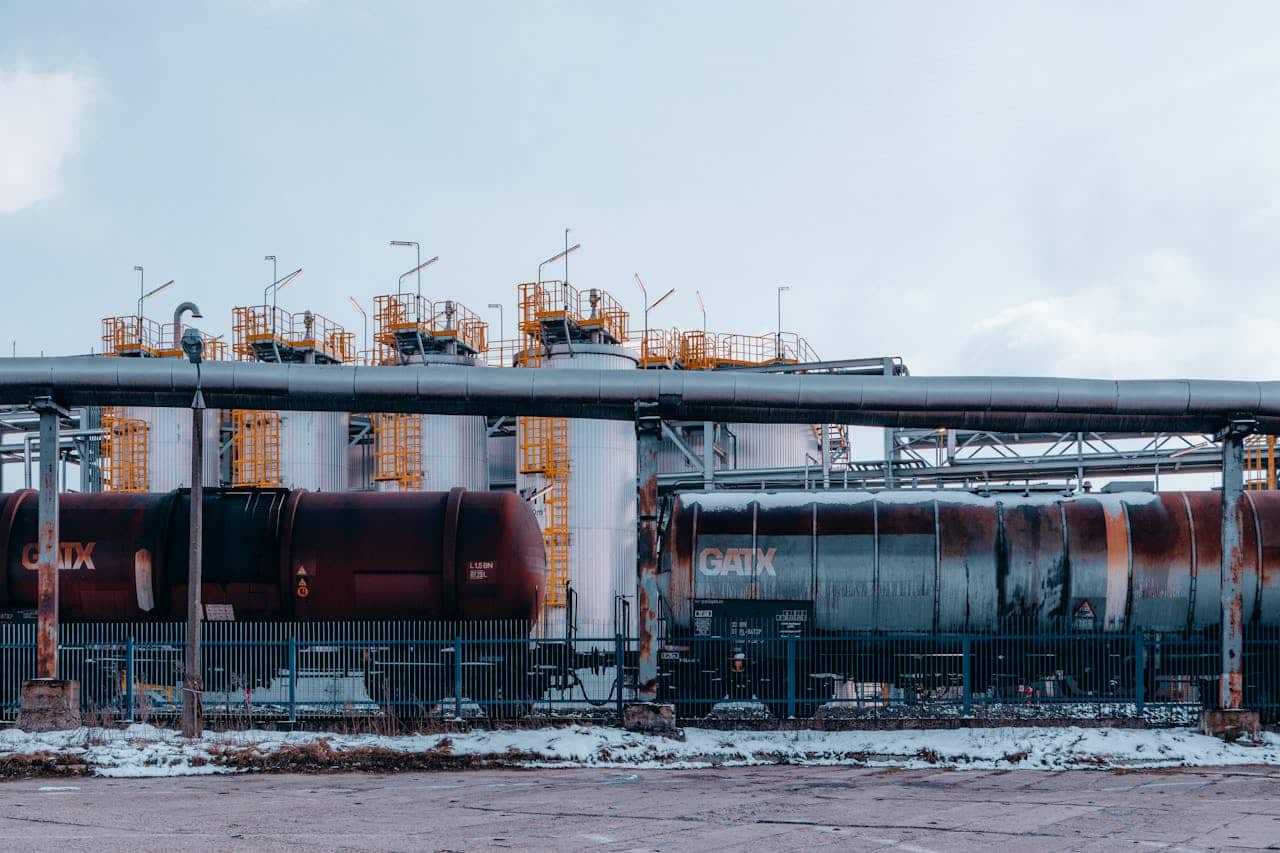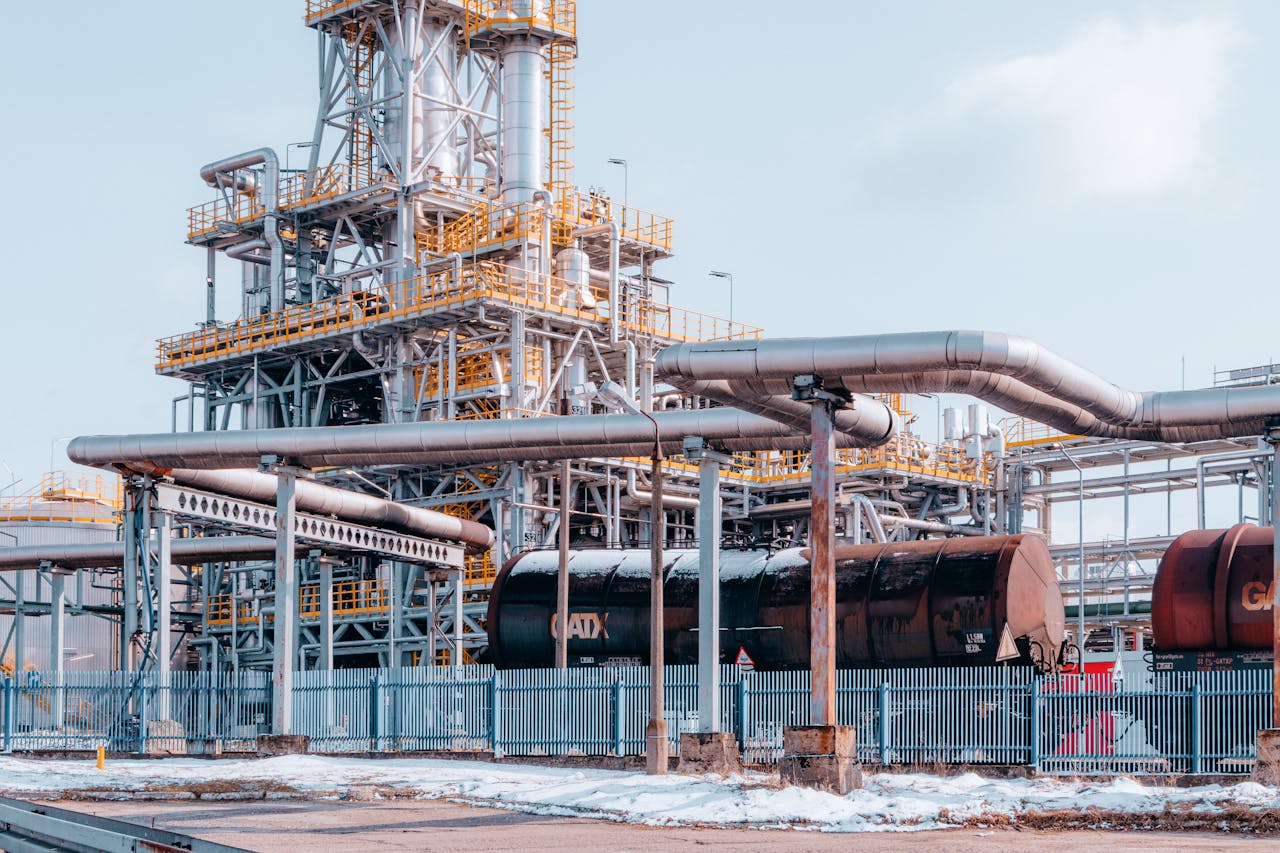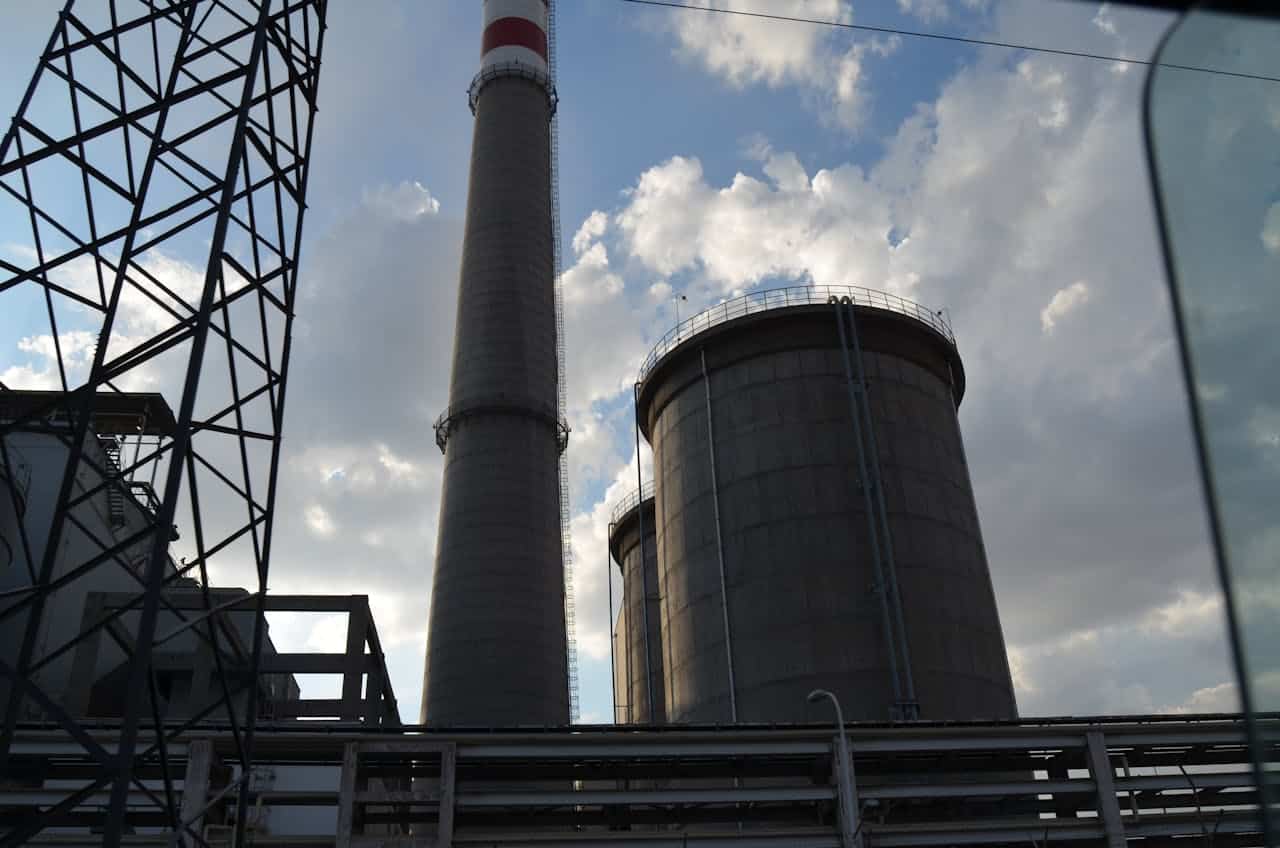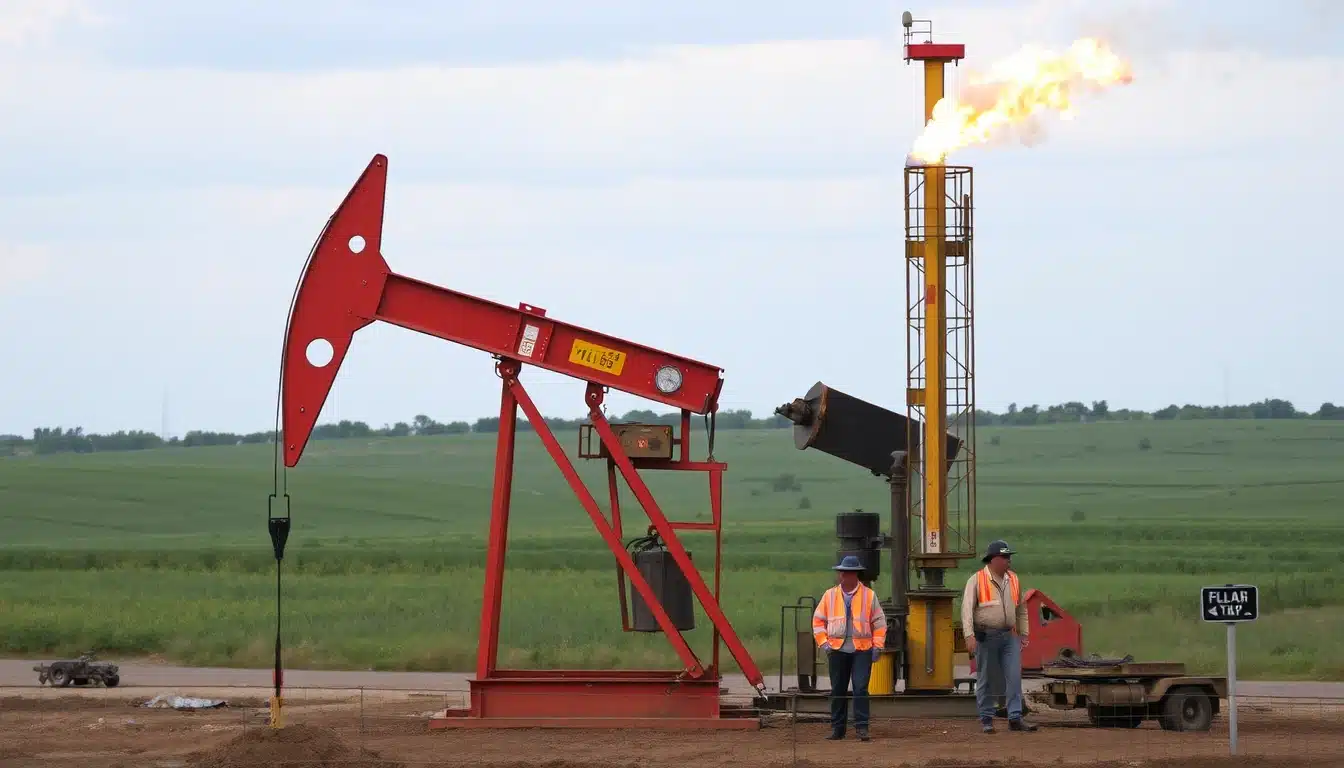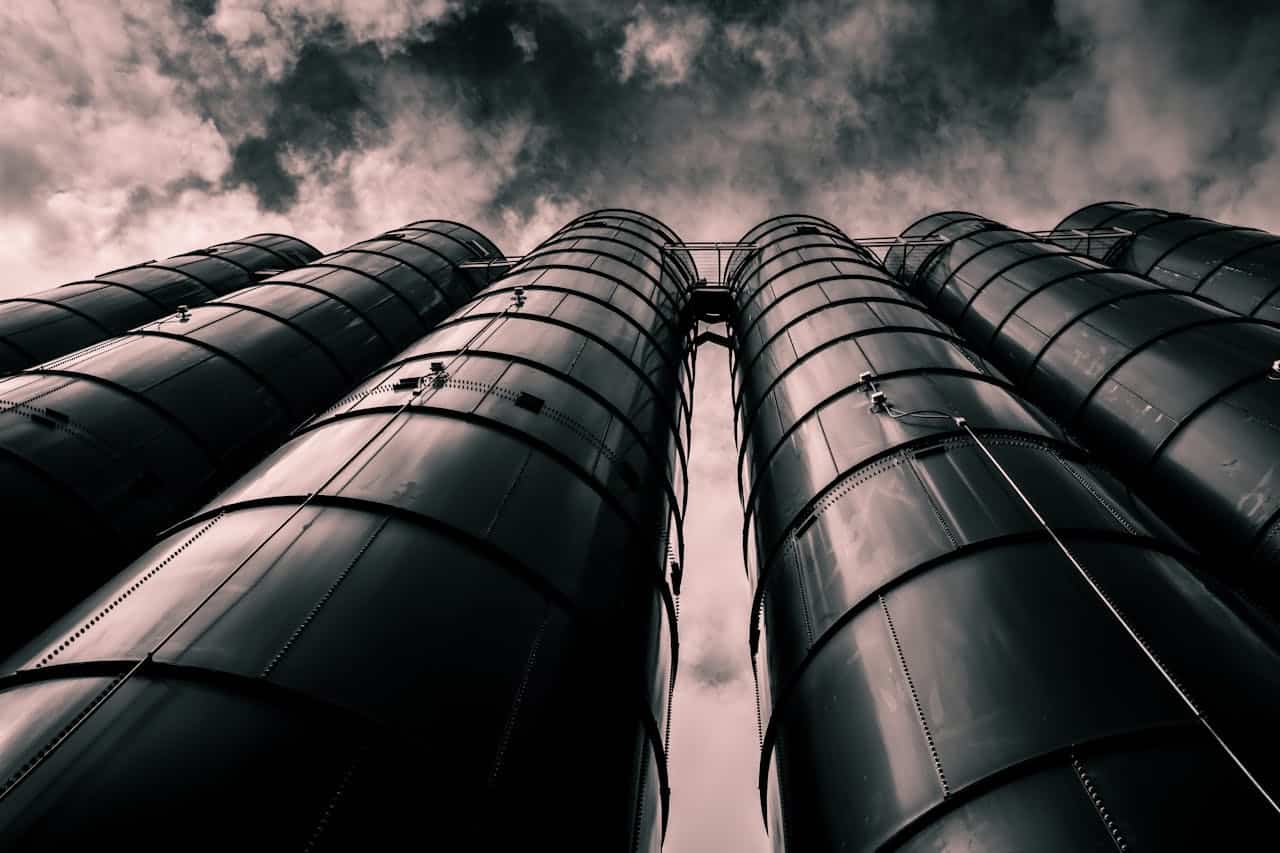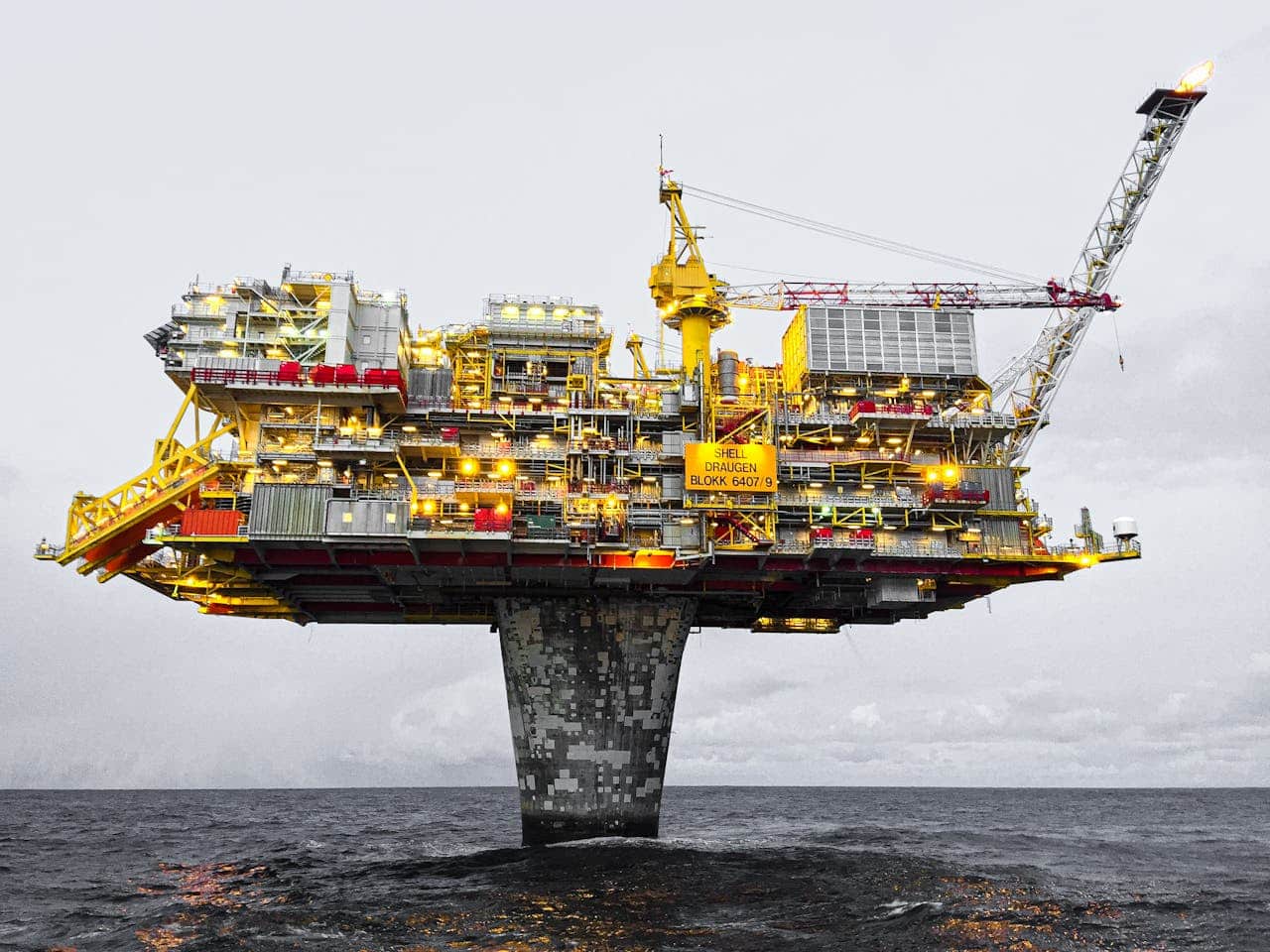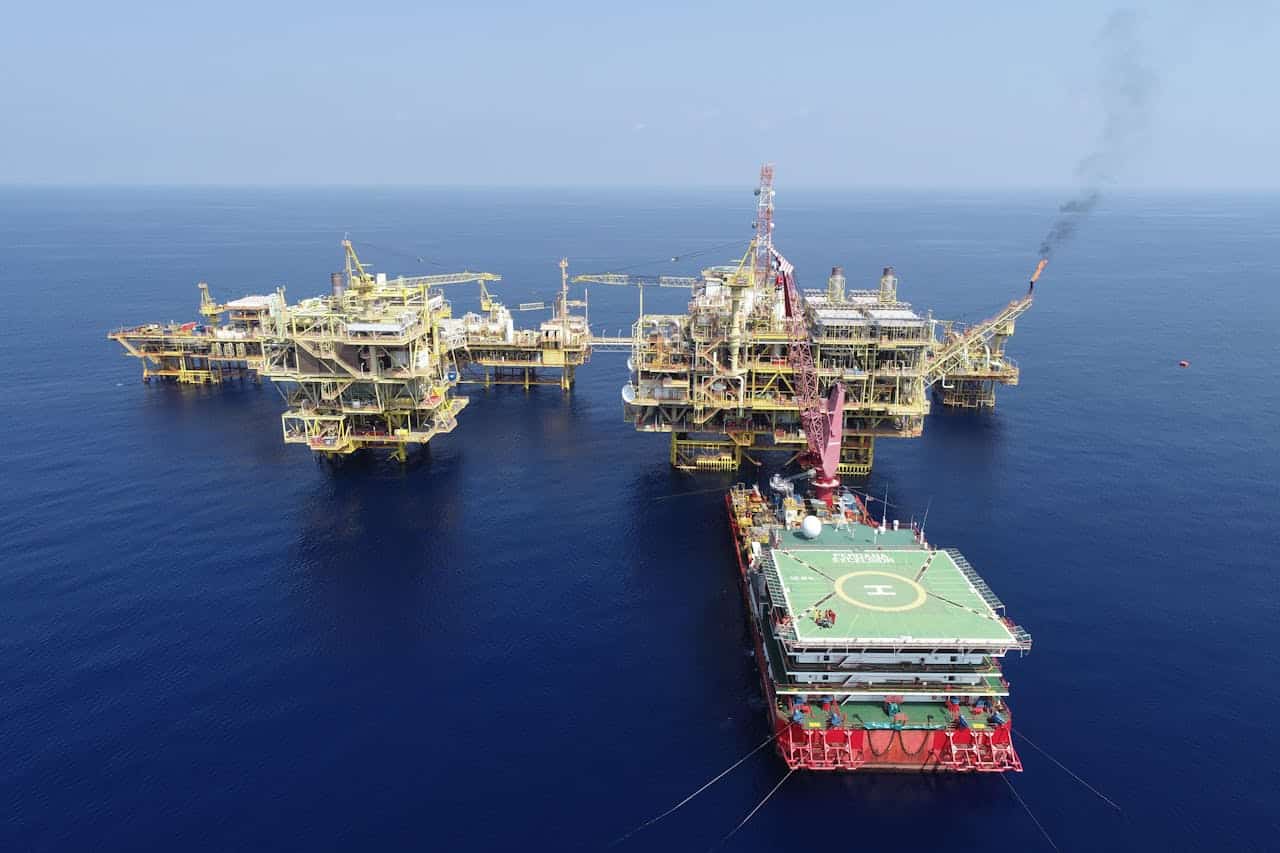Biostratigraphy and Sequence Stratigraphy in Oil and Petroleum Exploration
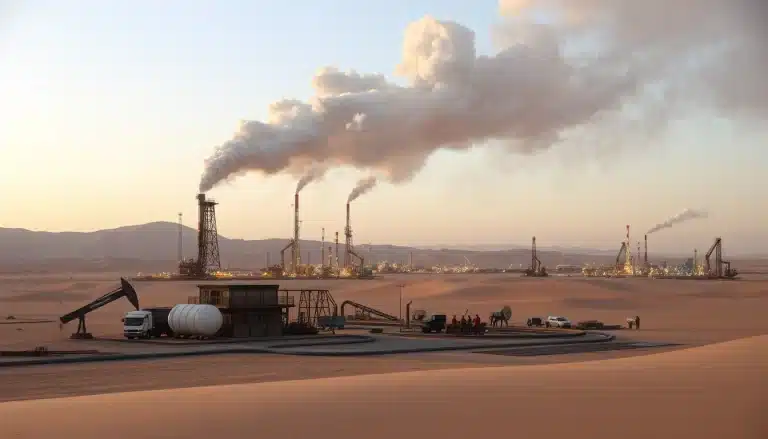
| Date | Format | Duration | Fees (USD) | Register |
|---|---|---|---|---|
| 15 Dec - 19 Dec, 2025 | Live Online | 5 Days | $3785 | Register → |
| Date | Venue | Duration | Fees (USD) | Register |
|---|---|---|---|---|
| 01 Dec - 05 Dec, 2025 | Dubai | 5 Days | $5775 | Register → |
Did you know that a staggering 80% of the world’s proven oil reserves are concentrated in just six major sedimentary basins? This remarkable statistic underscores the critical importance of biostratigraphy and sequence stratigraphy in the oil and petroleum industry.
Course Overview
The Biostratigraphy and Sequence Stratigraphy in Oil and Petroleum Exploration course by Alpha Learning Centre is meticulously designed to provide a comprehensive understanding of advanced techniques used in determining the age and conditions of sedimentary rock layers. This course focuses on the strategic aspects of applying biostratigraphy and sequence stratigraphy to enhance petroleum exploration, improve well correlations, and increase the predictability of reservoir distribution.
The course covers a wide array of activities including advanced biostratigraphic analysis, sequence stratigraphy principles, basin analysis, and integrated exploration workflows. It addresses the growing need for expertise in handling complex geological data, integrating cutting-edge technologies, and making data-driven decisions in various exploration environments. Key elements include the study of sequence boundaries, seismic sequence stratigraphy, fossil assemblages, and chronostratigraphic correlation techniques essential for hydrocarbon exploration.
Why Select This Training Course?
Selecting this training course offers numerous advantages for professionals involved in petroleum exploration and geological analysis:
Participants will gain advanced knowledge of biostratigraphic techniques, sequence stratigraphic models, and basin analysis methods. The course provides hands-on experience with cutting-edge digital microscopy laboratories, advanced stratigraphic modelling software, and real-time integration with seismic data interpretation platforms, enabling attendees to optimize their exploration skills and improve decision-making processes.
This course addresses critical issues such as reservoir characterization, source rock prediction, and play analysis integration, which are essential for successful petroleum exploration. By incorporating digital technologies and advanced analytical tools, participants will be equipped to handle complex projects in various geological settings, including the analysis of formations like the Aruma Formation and its members such as the Khanasir Limestone Member and Hajajah Limestone Member.
For organizations, investing in this training enhances overall exploration success rates and reduces vulnerability to unsuccessful drilling. By ensuring that personnel are well-trained in advanced biostratigraphic and sequence stratigraphic techniques, organizations not only protect their assets but also build trust within the industry they serve. This trust can lead to improved project outcomes and reduced operational risks.
Individuals who complete this course will benefit from enhanced career prospects as they become more valuable assets in their respective fields. The skills acquired through this training can lead to promotions and increased responsibilities within their organizations.
Case studies demonstrate the impact of advanced biostratigraphic and sequence stratigraphic techniques:
- Biostratigraphic studies enhanced well correlations in the Niger Delta by approximately 25%, directly leading to the discovery of several new oil fields due to a better definition of reservoir boundaries.
- Sequence stratigraphy on the Norwegian Continental Shelf increased predictability regarding the distribution of reservoirs by 30% by applying new exploration opportunities with a more thorough understanding of depositional sequences and their geometries.
Transform your organization’s geological exploration capabilities – Register now for this critical advanced training programme.
Who Should Attend?
This Course is Ideal for:
- Exploration geologists
- Biostratigraphers
- Petroleum geoscientists
- Reservoir characterisation specialists
- Basin analysts
- Wellsite geologists
- Micropalaeontologists
- Seismic interpreters
- Research scientists
- Graduate geoscientists
What are the Course Objectives?
The objectives of this training course are to enable professionals to:
- Master advanced biostratigraphic techniques
- Develop sequence stratigraphic models
- Perfect well correlation methods
- Enhance basin analysis capabilities
- Strengthen exploration workflows
- Improve prediction accuracy
How will this course be presented?
The Biostratigraphy and Sequence Stratigraphy in Oil and Petroleum Exploration course by Alpha Learning Centre employs a comprehensive and innovative approach to ensure maximum knowledge retention and skill development.
The course utilizes:
- Interactive digital laboratories for analyzing fossil assemblages and stratigraphic distributions
- Virtual microscopy sessions focusing on foraminifera, inoceramids, and other key biostratigraphic markers
- Advanced software training for seismic sequence stratigraphy analysis and systems tract interpretation
- Case study analysis of formations like the Maastrichtian-Paleocene Aruma Formation
- Field analogues examination to understand lateral variations and condensed sequences
- Group projects on high-resolution sequence stratigraphy and paleoenvironmental trend analysis
- Technical workshops on siliciclastic sequence stratigraphy and carbonate sequence stratigraphy
- Real-time data integration exercises using seismic sequence data sets
This multi-faceted approach ensures that participants not only grasp theoretical concepts but also gain practical skills necessary for effective application of biostratigraphy and sequence stratigraphy in petroleum exploration.Join us now and elevate your geological exploration expertise to new heights!
Advance your geological exploration skills – enrol in our course today!
Course Syllabus
Module 1: Advanced Biostratigraphic Analysis
- Digital microscopy techniques
- Quantitative biostratigraphy methods
- Statistical analysis in biostratigraphy
- Machine learning applications
- High-resolution zonation schemes
- Environmental interpretation methods
- Automated fossil recognition
- Palaeoenvironmental reconstruction
- Integration with chronostratigraphy
- Quality control protocols
Module 2: Sequence Stratigraphy Principles
- Modern sequence stratigraphic models
- Systems tract analysis
- Depositional elements identification
- Stratigraphic surface recognition
- Deep-water sequence stratigraphy
- Carbonate sequence stratigraphy
- Climate impact assessment
- Base-level changes analysis
- Accommodation space concepts
Module 3: Basin Analysis and Regional Correlation
- Basin evolution modelling
- Regional correlation techniques
- Paleogeographic reconstruction
- Subsidence analysis methods
- Source rock prediction
- Reservoir distribution mapping
- Seal assessment techniques
- Structural framework analysis
- Chronostratigraphic correlation
- Depositional systems analysis
- Digital correlation tools
Module 4: Well Log Integration
- Electrofacies analysis
- Sequence stratigraphic well logs
- Correlation techniques
- Biosteering applications
- Pattern recognition methods
- Core-log integration
- Depositional environment interpretation
- Palaeobathymetry assessment
Module 5: Seismic Sequence Stratigraphy
- Seismic facies analysis
- Stratigraphic attribute analysis
- Synthetic seismogram generation
- Wheeler diagram construction
- Chronostratigraphic framework
- Seismic geomorphology
- Amplitude analysis techniques
- Forward seismic modelling
- Machine learning applications
- 4D stratigraphic evolution
Module 6: Reservoir Characterisation
- Facies distribution prediction
- Reservoir architecture analysis
- Connectivity assessment
- Property distribution modelling
- Heterogeneity analysis
- Depositional controls
Module 7: Digital Technologies
- AI in biostratigraphic analysis
- Machine learning applications
- Digital image processing
- Automated correlation tools
- Cloud-based platforms
- Database management
- Quality control systems
- Visualization techniques
- Integration workflows
Module 8: Palaeoenvironmental Analysis
- Environmental markers
- Climate change indicators
- Ocean chemistry reconstruction
- Palaeoecology interpretation
- Depositional systems
- Environmental mapping
- Palaeoclimate modelling
Module 9: Source Rock Prediction
- Organic facies analysis
- Geochemical correlation
- Source rock mapping
- Maturity assessment
- Basin modelling integration
- Depositional controls
- Prediction methods
- Risk assessment
Module 10: Play Analysis Integration
- Play fairway analysis
- Risk assessment methods
- Prospect generation
- Resource estimation
- Uncertainty analysis
- Integration workflows
- Data synthesis techniques
- Economic evaluation
- Portfolio management
- Exploration strategy
- Decision-making tools
Module 11: Advanced Correlation Methods
- Chemostratigraphy integration
- Magnetostratigraphy
- Cyclostratigraphy
- Radiometric dating
- Multiple proxy correlation
- Uncertainty assessment
- Global correlation schemes
- Regional frameworks
- Time-slice mapping
Module 12: Modern Case Studies
- Deep-water systems analysis
- Carbonate platform studies
- Clastic system interpretation
- Mixed system analysis
- Basin margin interpretation
- Exploration applications
- Production case studies
- Field development examples
- Economic impact assessment
- Risk evaluation methods
Module 13: Quantitative Stratigraphic Analysis
- Statistical methods in correlation
- Uncertainty quantification
- Probabilistic age modelling
- Multivariate analysis techniques
- Sequence thickness analysis
- Facies proportion prediction
- Depositional rate calculation
- Time series analysis
- Backstripping techniques
- Data integration methods
- Validation protocols
Module 14: Advanced Palynology and Micropalaeontology
- High-resolution bioevents
- Automated fossil recognition
- Environmental indicators
- Extinction patterns analysis
- Population dynamics
- Assemblage interpretation
- Biostratigraphic markers
- Climate change signals
- Digital imaging techniques
- Laboratory methods
Module 15: Integrated Exploration Workflows
- Multi-disciplinary data integration
- Play-based exploration
- Prospect ranking methods
- Resource assessment
- Risk evaluation techniques
- Economic analysis
- Portfolio management
- Exploration strategy
- Decision support systems
- Digital workflow optimisation
- Knowledge management
Module 16: Advanced Basin Modelling
- 4D basin evolution analysis
- Thermal history reconstruction
- Burial history modelling
- Hydrocarbon generation timing
- Pressure prediction methods
- Migration pathway analysis
- Reservoir quality prediction
- Source rock maturity mapping
- Structural restoration techniques
- Digital twin applications
- Integration with sequence stratigraphy
Module 17: Modern Analytical Techniques
- Advanced microscopy methods
- Isotope analysis applications
- Biomarker interpretation
- XRF core scanning
- CT scanning techniques
- SEM analysis methods
- Automated sample preparation
- Digital data capture systems
- Quality control protocols
- Machine learning integration
- Real-time analysis workflows
Training Impact
The impact of advanced biostratigraphic and sequence stratigraphic training is evident through various real-world case studies and data, which demonstrate the effectiveness of structured programmes in enhancing exploration success and operational efficiency in the oil and petroleum industry.
A case study from the Orinoco Oil Belt in Venezuela showcased the power of integrated biostratigraphic and sequence stratigraphic analysis. By utilizing palynology correlated with foraminiferal zonation, researchers identified three transgressive-regressive cycles with wide regional distributions. This led to a more precise placement of boreholes within the stratigraphic complex reservoir, significantly reducing exploration risk. The study resulted in a 25% improvement in well correlations and the discovery of several new oil fields.
In the Maracaibo Basin, the application of High-Impact Palynology (HIP) demonstrated remarkable results. By coupling high-resolution sequence biostratigraphy with multidisciplinary work, researchers were able to enhance stratigraphic resolution and improve regional correlations. This approach led to new discoveries after high-resolution palynological analysis and seismic and log reinterpretation. The study showed that HIP could improve both exploration and production achievements, with similar results expected in other areas.
These case studies highlight the tangible benefits of implementing advanced biostratigraphic and sequence stratigraphic techniques:
- Improved well correlation and reservoir boundary definition
- Enhanced prediction of reservoir distribution and quality
- Increased accuracy in source rock identification and maturity assessment
- Reduced exploration risks through better understanding of basin evolution
By investing in this advanced training, organizations can expect to see:
- A significant improvement in exploration success rates
- Improved ability to handle complex geological settings and challenging exploration environments
- Enhanced decision-making capabilities in petroleum exploration projects, leveraging data analytics and digital technologies
- Increased competitiveness in the global energy market through comprehensive geological analysis techniques
The statistic that 80% of the world’s proven oil reserves are concentrated in just six major sedimentary basins underscores the critical importance of advanced biostratigraphic and sequence stratigraphic training in ensuring optimal exploration strategies and maximizing hydrocarbon discovery potential in the oil and petroleum industry.
Advance your geological exploration skills – enrol in our course today!

